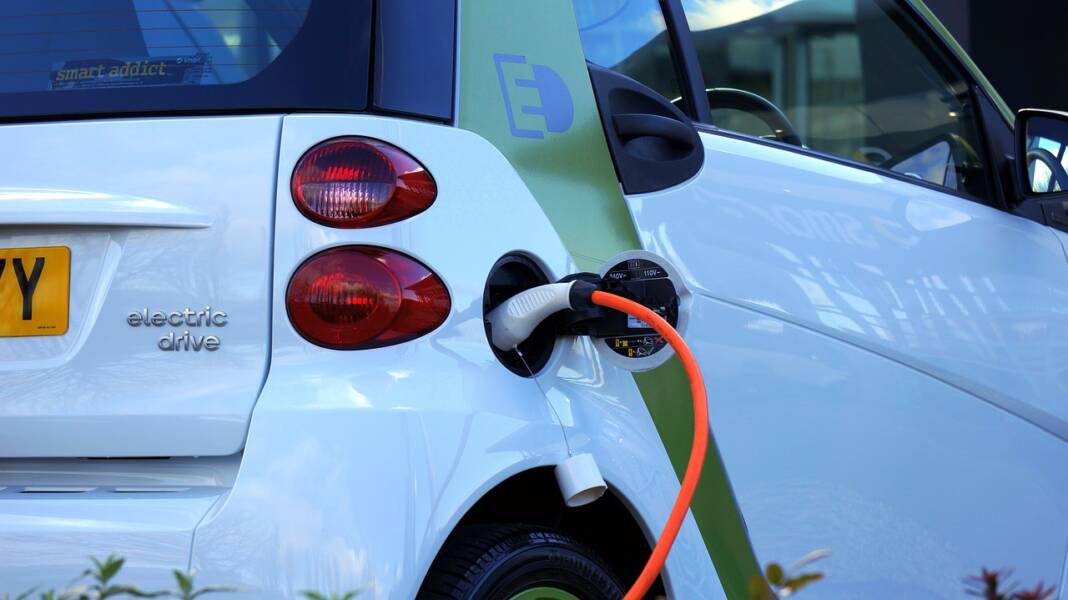The electric car market is rapidly expanding in the UK. According to recent statistics, there were around 365,000 pure electric cars on British roads at the end of November 2021. Throw in the plug-in hybrid vehicles, and that figure rises to an impressive 700,000.
This is a significant rise from the same period last year, when less than 500,000 were registered. The impact of the novel coronavirus has slowed sales down, especially during January and February, when lockdowns were in place. We also saw spikes in March and September – which is normal, since these months are when the new registration plates are issued.
What’s perhaps more revealing is the share of the total number of vehicles taken up by the plug-in market, which rose from less than 5% in 2019 to more than 15% in 2021. It should be noted that plug-in vehicles of every sort were better able to weather the economic storm brought about by the coronavirus, outperforming their ICE-powered counterparts just about everywhere. The availability of GAP insurance lessens the risk for purchasers of brand-new cars, with EVs included.
What’s the most popular EV?
The Department for Transport lists the Outlander from Mitsubishi as the most popular vehicle by some distance. With more than 46,400 units sold, it throws considerable shade onto the second-place Nissan Leaf and third-place BMW 330e. This will undoubtedly change in the near future, however, as more affordable options from major manufacturers like Tesla hit the market.
Charging in the UK
One of the major obstacles to more widespread EV adoption is a lack of charging infrastructure, which gives rise to range anxiety. If you start to doubt that you’ll be able to get home, then you might prefer to stick with a traditional ICE-powered vehicle on your next purchase, rather than take the plunge with an EV.
This situation is being quickly corrected. There’s been a marked rise in the number of charging points in the UK, with public chargers rising by 220% between 2016 and 2020. The rise has been sharpest when it comes to ultra-rapid 100kw charging points – though these still constitute a minority of overall charging stations.
There are still, naturally, many more petrol pumps than there are fast-charging stations. This leaves motorists exposed to the possibility that they’ll arrive at a station and find that the pump they intended to use is out of service.
According to projections from Deloitte, the number of rapid charge points (those of around 50kw DC) should rise around 22-fold over the decade between 2020 and 2030. This comes off the back of the Committee on Climate Change estimating that the country will need around 280,000 new charge points in order to meet its targets for the decade. This will have a relatively minor impact on the electrical grid, with the existing grid providing more than enough capacity for the extra expansion.
TechnologyHQ is a platform about business insights, tech, 4IR, digital transformation, AI, Blockchain, Cybersecurity, and social media for businesses.
We manage social media groups with more than 200,000 members with almost 100% engagement.








































